Transform Your Backyard into a Year-Round BBQ Haven
Dreaming of turning your patio or backyard into the ultimate hangout spot for Lag Ba'Omer and beyond? Love hosting, grilling, and enjoying the open air without sacrificing style and comfort? Before you pull out that electric grill, consider designing an outdoor kitchen that looks fabulous, works for you, and creates the perfect hosting atmosphere.
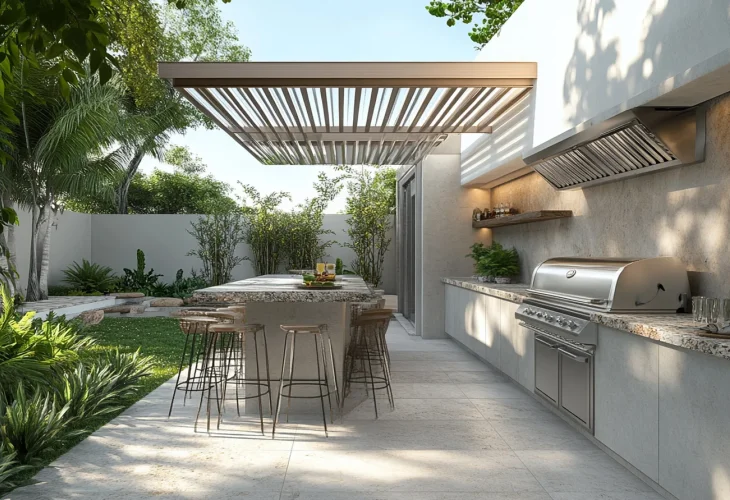
Lag Ba'Omer is approaching quickly, and kids are already gathering wood for the bonfires. The custom of lighting bonfires on Lag Ba'Omer holds significant spiritual meaning: it's a tribute to Rabbi Shimon Bar Yochai, who revealed the secrets of Kabbalah, and whose yahrzeit is considered a day of great illumination in the world.
Recently, following the massive fires last week that caused so much damage and the ever-changing weather this season, more families are opting to host backyard BBQs in addition to participating in central bonfire events. So why settle for just an electric grill when you can indulge in style with a fully-equipped outdoor kitchen you can use all year round?
1. Choosing the Perfect Spot
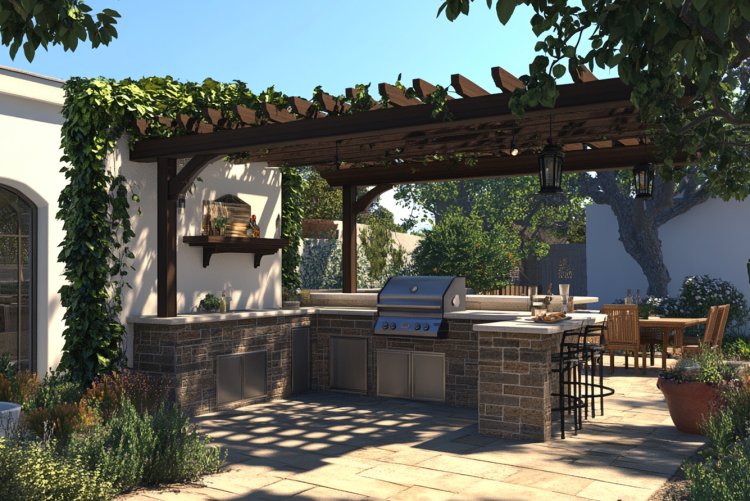
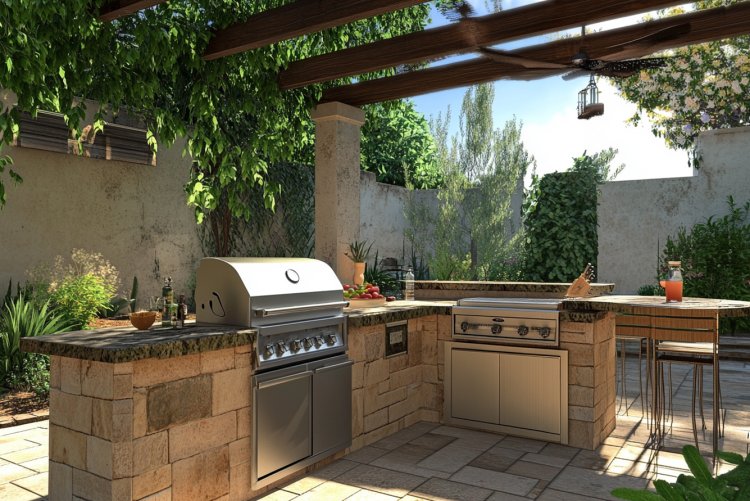
Start by selecting the best location on your balcony or in your garden. Place the kitchen in a shaded or covered area, making it easier to use during the hot summer days and protecting it during rainy winters. Try to keep it away from the house windows and consider the wind direction to ensure that smoke and cooking smells don't enter the house. Choose a spot that offers a pleasant view to enhance the outdoor experience.
2. Cooking or Hosting?
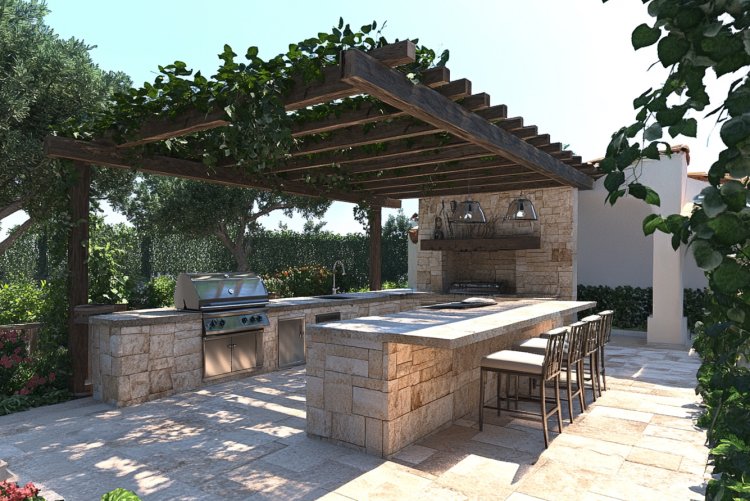
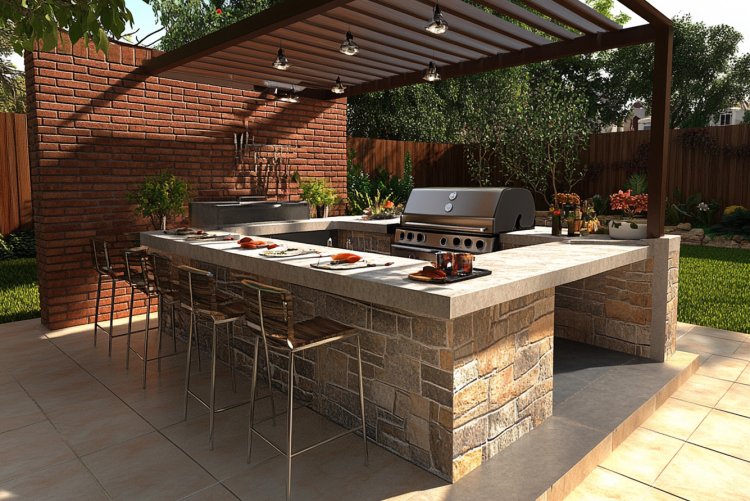
Determine whether your outdoor kitchen will be used solely for cooking or also for entertaining. A kitchen intended just for cooking is best placed against a wall, while one meant for hosting should include seating around an island or bar and be located in the center of the yard or patio. Naturally, the size of the kitchen should match the available space.
3. Planning Ahead

Decide which functionalities you'd like in your outdoor kitchen. There are plenty of options to consider: sink, gas burner, grill, smoker, pizza oven, refrigerator, and even an ice maker. Accordingly, ensure you have the proper utilities for electricity, gas, and water connections.
4. Choosing Materials
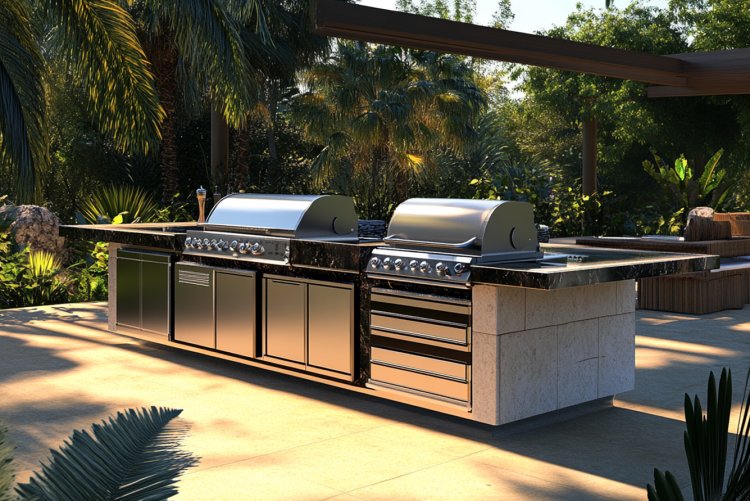
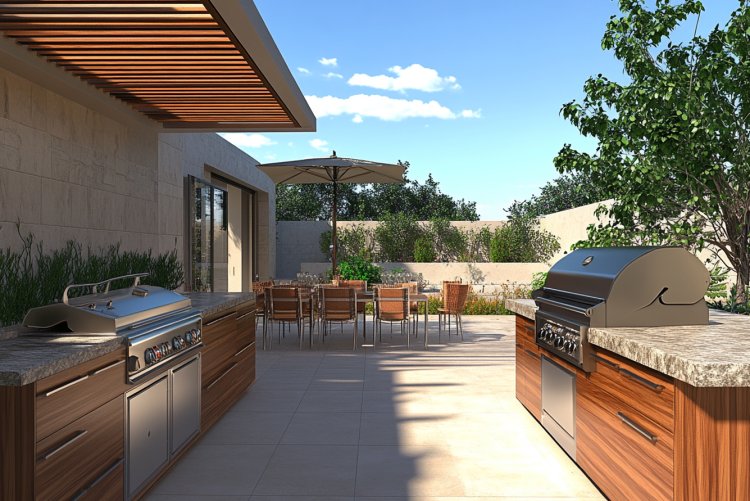
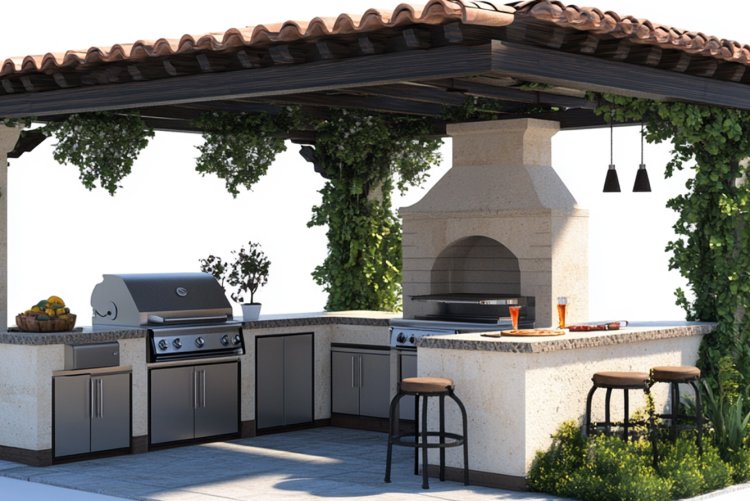
Today, a wide range of materials are available for designing outdoor kitchens, including wood, stone, tiles, stainless steel, aluminum, and more. Choose materials that match your preferred design style, but keep in mind that the kitchen should withstand extreme summer heat as well as strong winds and rain in winter. Therefore, opt for durable materials that will last for many years.
5. Lighting
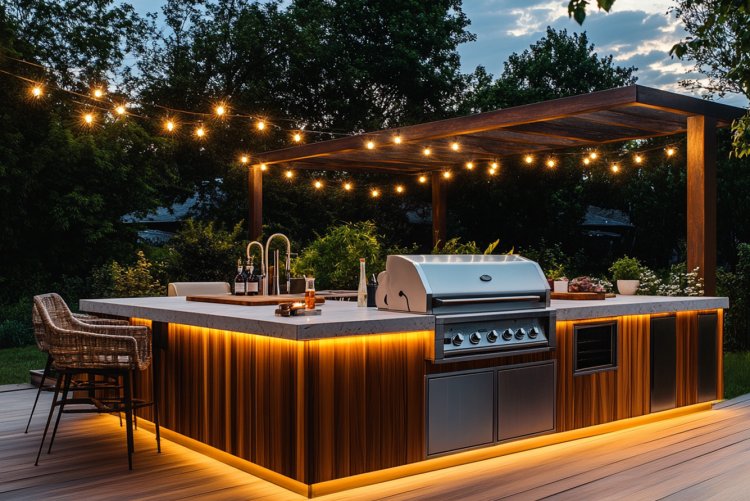
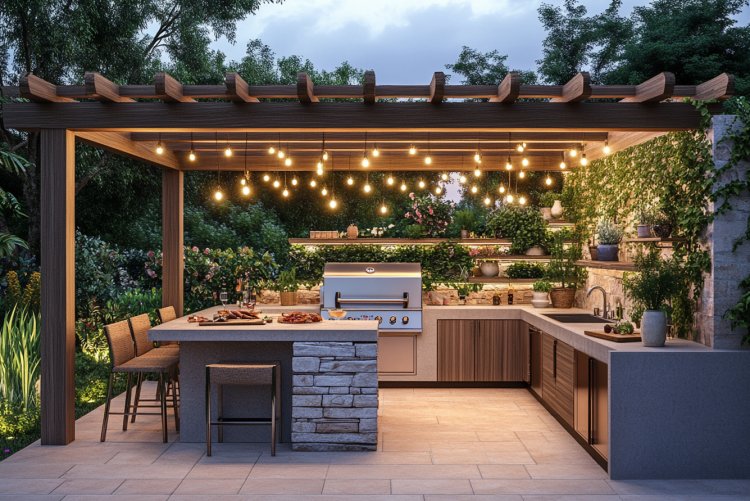
Illuminate your cooking and grilling surfaces with bright, focused lighting, but don’t forget to add atmospheric lighting to enhance the outdoor experience. Use solar-powered lights to avoid drilling into walls and hiring an electrician, which will also help reduce electricity costs.
6. Safety
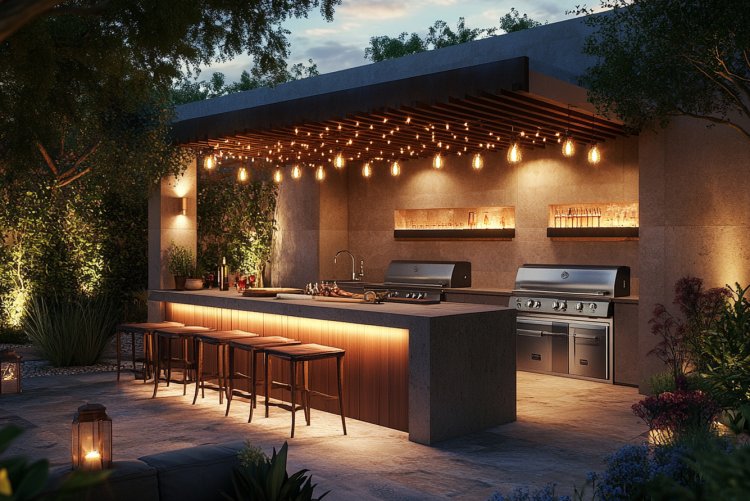
To minimize the risk of accidents and unnecessary burns, make sure the hot surfaces (such as the gas burner and grill) are located as far as possible from seating areas.
I believe outdoor kitchens are not just a passing trend but an investment in our quality of life. Especially in an age where we're all seeking more connections and less screen time, family gatherings and cooking together on the patio or garden take us back to truly simple and delicious experiences. Now, you’ll only have one small problem left to tackle on your own: how to get your guests to leave and go home.
*The author is an interior designer and home stylist, specializing in upgrading contractor apartments to meet clients’ needs

